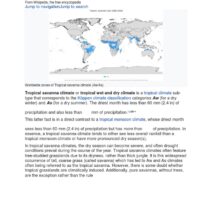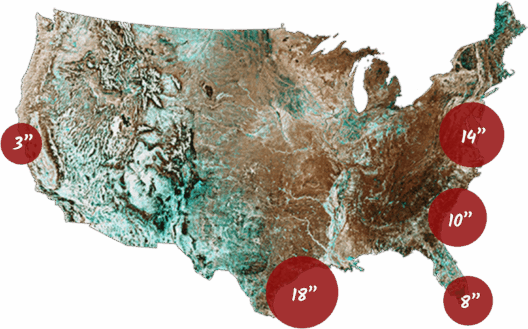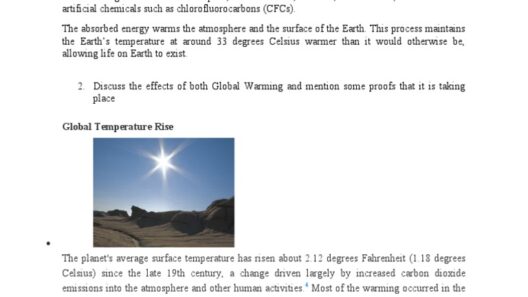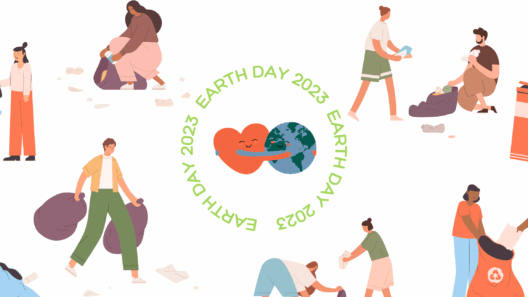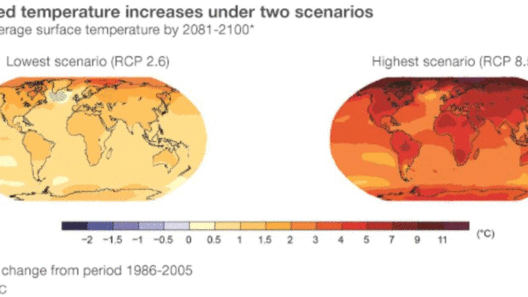Understanding the Climate Crisis: The Reality of Global Warming
The current global warming trend has ignited a conflagration of concerns across a spectrum of disciplines, from environmental science to economics. As the average global temperature continues to rise, the implications for humanity and the earth’s ecosystems are profound. Climate change manifests through diverse and complex phenomena, making it crucial to grasp the full scope of its consequences. This article elucidates the urgency of the climate crisis, delineating why the ongoing trend of global warming represents a significant threat to our planet’s future.
Unraveling the Science: What Drives Global Warming?
To comprehend why global warming is a pressing concern, it is essential to understand the scientific underpinnings that drive these changes. Primarily, the increase in greenhouse gases, such as carbon dioxide and methane, from human activities is the central catalyst. These gases trap heat within the atmosphere, creating a “greenhouse effect” that is pivotal to life but becomes detrimental when amplified by anthropogenic emissions.
Deforestation, fossil fuel combustion, and industrial processes are notorious contributors to the elevation of greenhouse gas concentrations. Moreover, practices such as livestock farming emit zwiftic quantities of methane, exacerbating the global warming phenomenon. The climate crisis is compounded by feedback loops; for instance, as polar ice caps melt, darker ocean waters are exposed, absorbing more heat and accelerating warming further. Understanding these mechanisms is paramount, as they underline the interconnectedness of our actions and their planetary repercussions.
Manifestations of Climate Change: A Tapestry of Consequences
The ramifications of global warming are manifold, impacting both natural ecosystems and human societies. Rising sea levels, caused by the melting of glaciers and thermal expansion of seawater, pose an existential threat to coastal communities worldwide. Countries that harbor large populations in low-lying areas face unprecedented risks of flooding, leading to potential displacement and economic turmoil.
Furthermore, shifts in precipitation patterns alter freshwater availability, precipitating droughts in some regions while inundating others. Agriculture, a cornerstone of global food security, becomes imperiled as crops struggle against these extremes. The food supply chain is vulnerable to such fluctuations, which can engender shortages, elevate prices, and incite social unrest.
Additionally, ecosystems face severe disruptions. Coral reefs, known as the “rainforests of the sea,” are particularly susceptible to thermal stress, leading to coral bleaching and the collapse of marine biodiversity. Terrestrial wildlife encounters challenges due to shifting habitats, making survival increasingly improbable for numerous species. The interdependence of species within ecosystems means that the loss of even a single species can have cascading effects, further endangering the delicate balance of life on Earth.
Health Implications: The Human Cost of Inaction
The implications of climate change extend beyond environmental conditions; they infiltrate public health in alarming ways. Rising temperatures create favorable conditions for the proliferation of vector-borne diseases, such as malaria and dengue fever. The World Health Organization has underscored the potential for climate change to exacerbate existing health disparities, particularly in vulnerable populations lacking robust healthcare systems.
Moreover, air quality suffers as certain areas experience increased pollution due to higher temperatures causing chemical reactions that produce ground-level ozone. This deterioration can lead to respiratory ailments, cardiovascular problems, and a general decline in public health. Vulnerable groups, including the elderly and children, face heightened risks, making the climate crisis not just an environmental issue but a matter of social justice and human welfare.
Confronting the Urgency: The Imperative for Action
The overwhelming body of evidence supporting the reality of climate change compels urgent action. It is increasingly clear that failure to address global warming is tantamount to neglecting a ticking time bomb that threatens not only our planet but also future generations. A multifaceted approach is necessary to curb emissions and mitigate the effects of climate change.
Renewable energy sources, such as wind, solar, and hydroelectric power, offer viable alternatives to fossil fuels, driving a transition toward sustainable practices. Additionally, reforestation and innovative agricultural methods can help sequester carbon and enhance resilience against climate impacts. Behavioral changes, such as reducing waste and promoting sustainable consumption patterns, are essential for fostering a culture of environmental stewardship.
International agreements, such as the Paris Agreement, aim to galvanize global cooperation in the fight against climate change, yet individual and collective actions are indispensable. Advocating for policies that promote clean energy, enhance public transit, and protect natural resources can significantly influence outcomes. The present moment demands unwavering commitment and innovative solutions to confront the climate crisis head-on.
Conclusion: A Collective Responsibility
Understanding the gravity of the current global warming trend necessitates recognition of its multifaceted impacts. From ecological disruptions to health risks and economic instability, the consequences are intertwined with our everyday lives. The urgency for concerted action has never been greater; we are at a crucial juncture where decisive steps can pave the way for a sustainable future. Future generations are relying on our resolve to confront this colossal challenge, emphasizing that every effort—no matter how small—counts towards a collective commitment to preserve the planet for the well-being of all.


